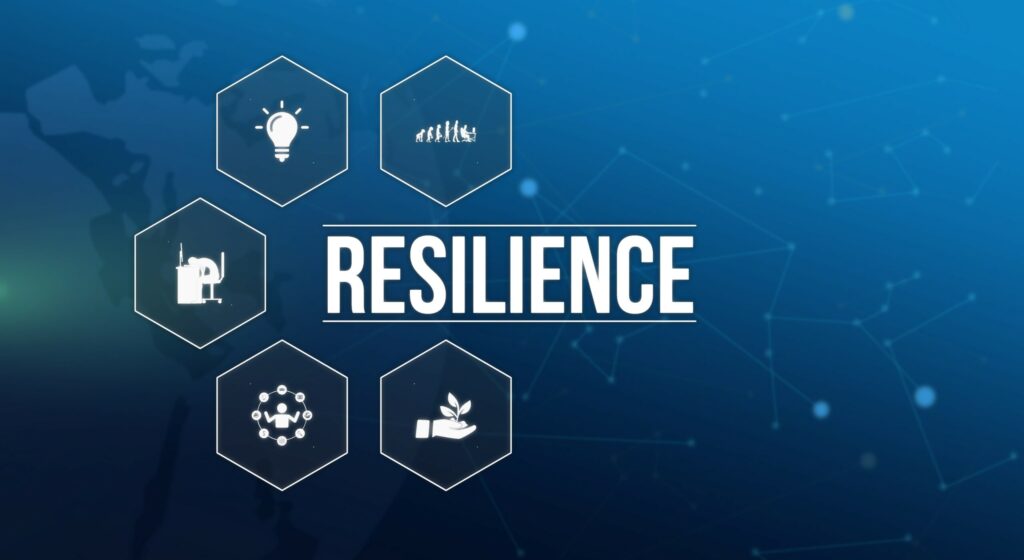3 Strategies for Supply Chain Resilience

Supply chain disruptions can cost an organization 45% of its annual profits over the course of a decade, which makes figuring out how to live with disruption critical, as a global economy built on clear predictability is not viable.
Today, the foundation for a resilient supply chain is advanced digital technology. No matter where your company lies on the chain, the flow of information is far too voluminous to manage with spreadsheets and legacy ERP systems. When you factor in the looming disruptions, you end up with an infinitely complex web of relationships.
Cutting-edge digital technologies already exist to address these issues. The best supply chain management solutions make every link in the chain completely transparent in real time, so that businesses can account for every element that affects their operations.
This level of clarity is possible because modern supply chain solutions connect your systems, taking information out of silos and into a centralized location. When a supplier experiences a supply chain disruption, your system flexes to account for the change in information, enabling your decision-making process.
Underpinning these solutions are Industry 4.0 technologies like cloud computing, Internet of Things, and artificial intelligence (AI). With the ability to automate core functionality and collect and analyze big data, advanced technology can help companies keep up their suppliers’ technology while staying ahead of the competition.
Cloud ERP Facilitates Resilience
Deploying enterprise resource planning (ERP) in the cloud affords dynamic functionality and enhanced security. The ERP system brings together all aspects of a business into one centralized location, so that all information—from suppliers to customers to sales—is connected.
Once a company has relocated or deployed their ERP in the cloud, they are ready to take advantage of its capabilities. But building a resilient supply chain doesn’t happen overnight. It starts with three strategies.
1. Focus on structural resilience. Massive shock events like the pandemic can drag companies into a chaotic muck that can create cycles of reactive decision-making. To get away from this tailspin, businesses must focus on a strong structure for their supply chain.
Modeling and testing are key to structure. Simulate how products and processes will need to change if suppliers experience disruption. The more data available, the more accurate a business model.
2. Stay agile with advanced analytics. Modern supply chain resilience emerges out of AI capabilities like machine learning (ML), where data solutions move beyond descriptive analytics to predictive analytics. ML can spot patterns in massive datasets, making forecasting more accurate and increasing confidence in planning and logistics.
3. Weigh long-term considerations. Resilience is a concept focused on the long term. But it can be tough to weigh those considerations when faced with uncertainty and volatility.
For example, when success is experienced in one period, there is a natural temptation to consider indefinite growth. But that can have its own cost by stressing supply chains. Some retailers that increased online sales during the pandemic eventually had their profitability eroded by high fulfillment costs and new supply chain pressures.
In building supply chain resilience, there is no magic solution or crystal ball. But the technology exists to help companies make the most informed decisions about how to create and manage success now and in the future.

